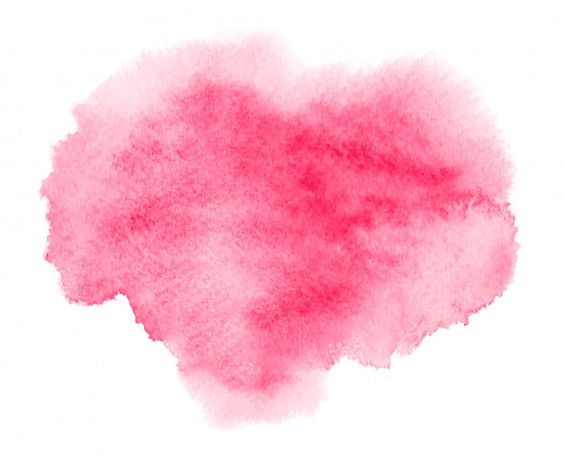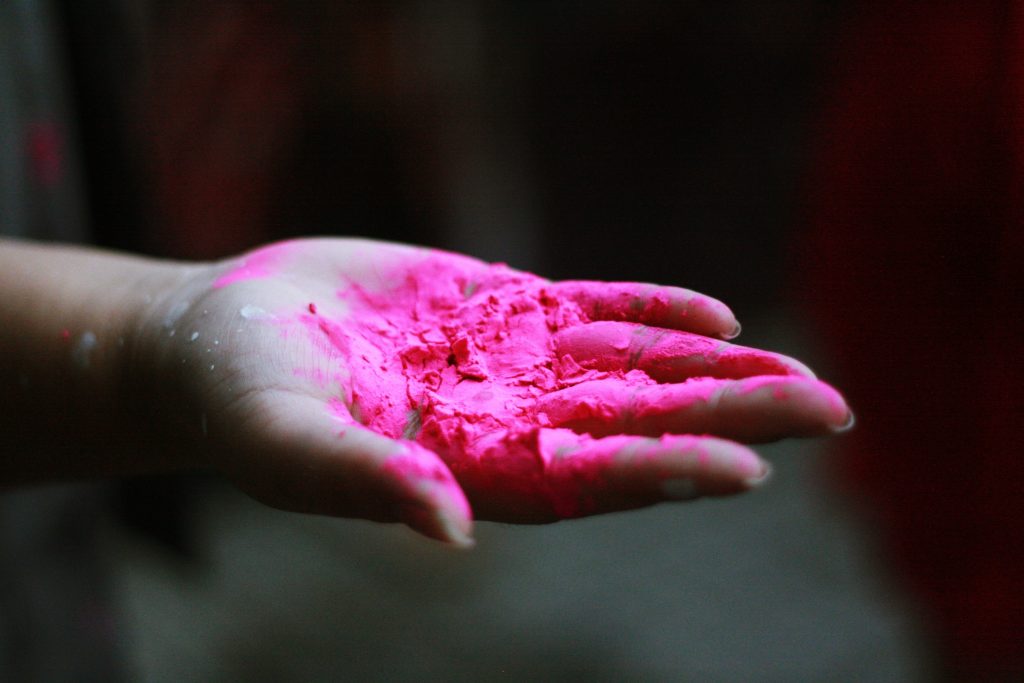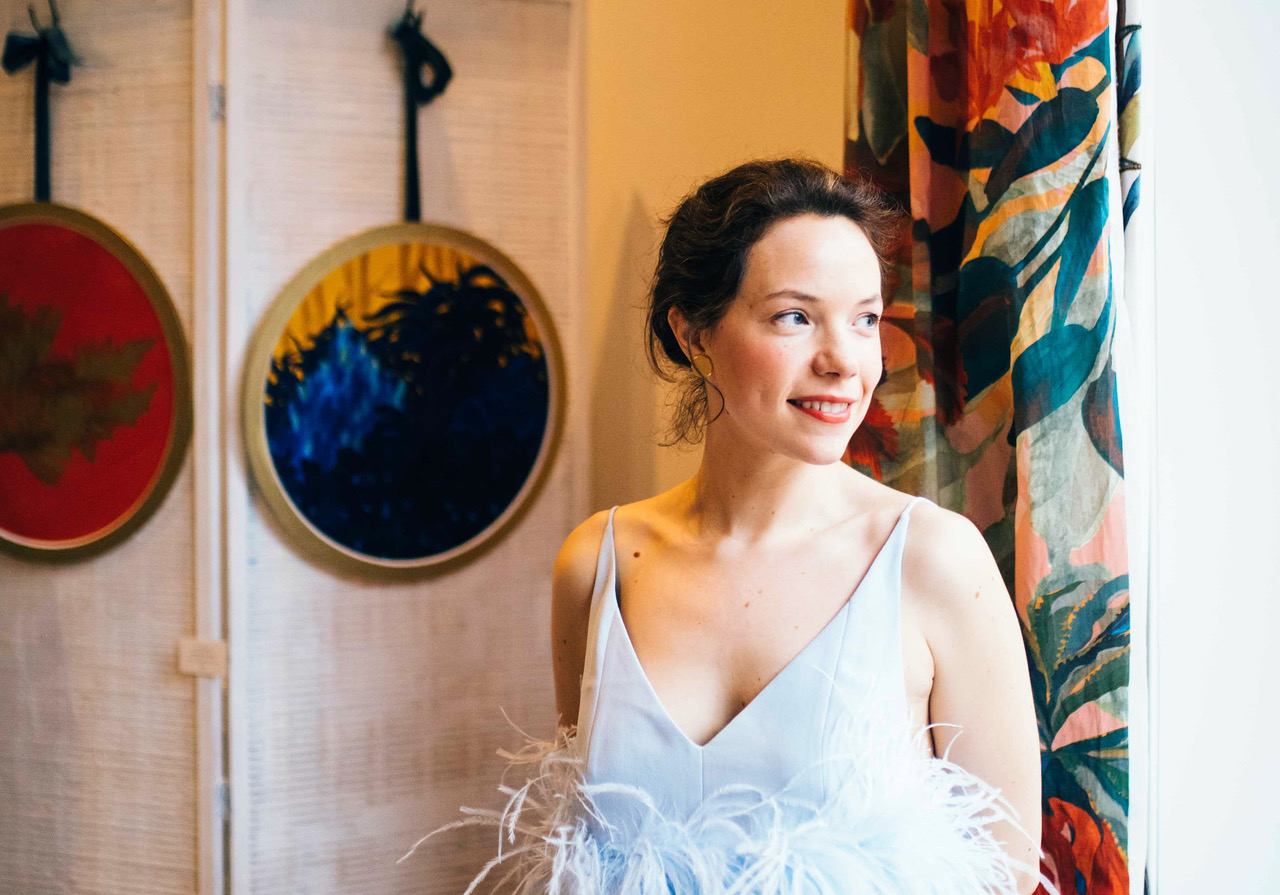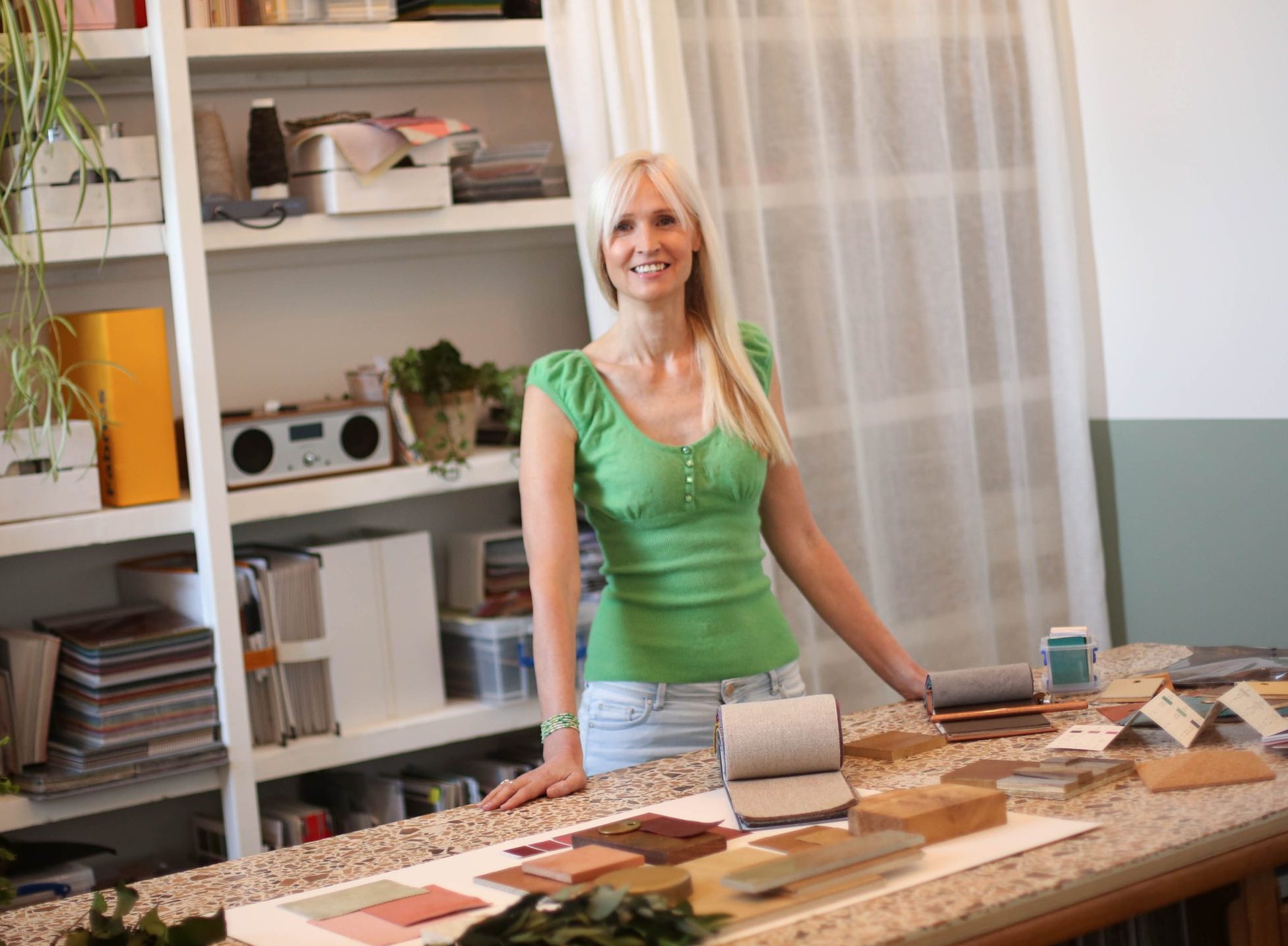This month I shared with you on my Instagram account an apartment designed by a renowned architectural agency in Madrid, Spain.
The Studio created this interior below, using 12 different shades of pink!
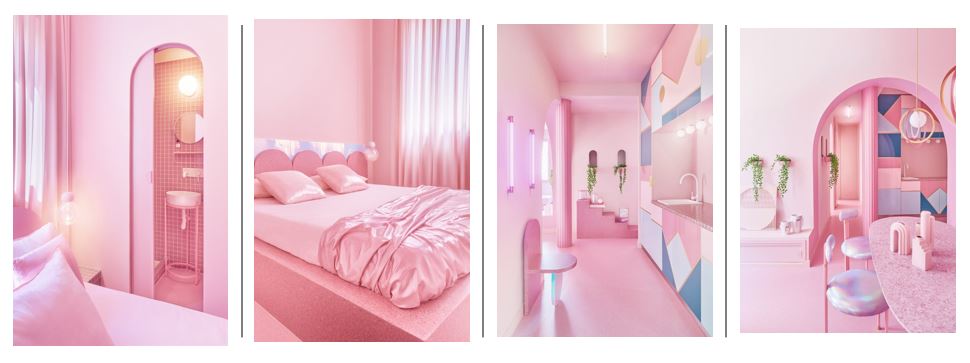
Imagine living in this “Bubble-Gum” space for even a week, how do you think you would feel? Would you feel relaxed, or calm…?
From an aesthetic and purely visual point of view, I find this work very beautiful, original, and offbeat. A very lovely artistic achievement!
From the point of view of color psychology, I have a slightly different approach…
Although many of these shades of pink are soft and will have a rather relaxing effect, the fact of having designed an apartment entirely in pink will more likely contribute to behaviors and negative feelings such as tiredness, stress, even aggressiveness or a state of panic depending on the person and the length of exposure.
I wanted to share this example of this “balance” we need to remember, us space designers, architects, decorators… We always need to remember the importance of the balance between “beauty” and “healthy living”, with as a primary goal to contribute to our client’s well-being.
Here are some more examples of how pink can be misused and its impact. (You will find for any color positive and negative effects, depending on the context, shade, proportion, and placement)
I share this so that you can pay more attention to these details of shades and the different impacts that colors can generate on each person, depending on their own personality.
THE PINK PRISON
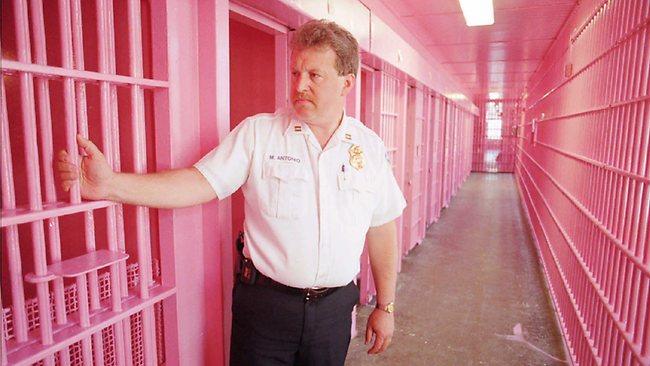
In the late 1960s, Alexander Schauss, who now operates the American Institute for Biosocial Research in Tacoma, studied psychological and physiological responses to the color “pink”. Schauss postulated that color might cause emotional and hormonal changes, and various wavelengths of light could trigger profound and measurable responses in the endocrine system.
In early tests in 1978, Schauss observed that color did affect muscle strength, either invigorating or enervating the subject, and even influenced the cardiovascular system.
Schauss began to experiment on himself. He discovered that a particular shade of pink had the most profound effect. This color, especially after exercising, would result in a marked effect on lowering the heart rate, pulse, and respiration as compared to other colors.
In 1979, Schauss managed to convince the directors of a Naval correctional institute in Seattle, to paint some prison confinement cells pink in order to determine the effects this might have on prisoners. Fifteen minutes of exposure to this “Baker-Miller-Pink”, as it came to be known, was found to be all that was needed to reduce aggression in the detainees. The effect was reported to last for as long as thirty minutes after leaving the pink room. “Even if a person tries to be angry or aggressive in the presence of pink, he can’t”, says Schauss. “The heart muscles can’t race fast enough. It’s a tranquilizing color that saps your energy.’
Based on this experience, another prison in the United States thought, “Great, if pink has a calming effect, let’s put pink everywhere.” So they painted all the cells pink (But not Baker-Miller pink), they put bright pink bed sheets, painted the bathrooms pink, and gave the prisoners pink clothes…
How do you think this initiative turned out?
The main objective of calming the prisoners and positively influencing their behavior had the opposite effect, due to:
1) The chosen shade of pink (this bright pink shade physically stimulates the individual)
2) the wrong proportion (instead of a separate cell, everything was painted and accessorized in bright pink)
3) The long exposure imposed to the prisoners in front of this color (we are far from the 15 minutes advised by Schauss)
Result: The prisoners were more agitated and aggressive.
Interesting, isn’t it?
THE PINK LOCKER ROOM

The pink locker room was the brainchild of legendary Iowa coach Hayden Fry, who was the coach for the Hawkeyes from 1979 to 1998. Fry had graduated with a psychology degree from Baylor University. He claims that he once read that the color pink can have a calming effect on people.
So after he arrived at Iowa, Fry ordered the color pink for Kinnick’s visiting locker room: The walls were pink. The floors were pink. The toilets were pink. It was pink everywhere. And not just any pink, a shade known widely as “drunk tank pink.” This particular shade of pink was chosen because research had shown that when people were exposed to it for an extended period of time, their muscles actually weakened and their moods calmed.
“One thing we didn’t paint black and gold was the stadium’s visitors locker room, which we painted pink. It’s a passive color, and we hoped it would put our opponents in a passive mood.” Headen Fry
Final Note:
Regardless of the intensity, Pink will always evoke a physical reaction.
The softer pinks will be physically soothing whereas the intense and strong pinks will be physically stimulating.
Surrounded by too much pink you might experience feelings of being needy, or physically weak.
If surrounded by too much-saturated pink, you will feel emotionally overwhelmed (Behavioral reactions: aggression, fatigue, stress, panic..)
The tone and intensity can affect us differently.
Soft warm pinks are soothing and smooth, particularly the energy of babies and young children.
The cold blue magenta shade appears to be favs by women for its intensity and energy.
While people often respond to the color pink in similar ways, it is important to remember that the psychology behind any color can depend upon many different factors. Past experiences, cultural influences, personal taste, and other factors can all impact how a person feels about a particular color, including the color pink.
